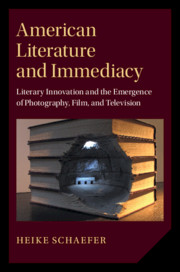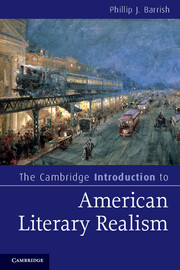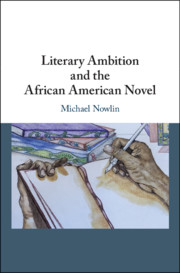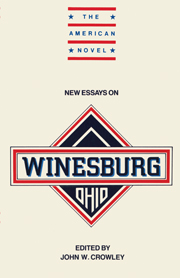American Narrative Realism
Realism has been disparaged for over a hundred years as an outmoded form, and, more recently, as a pernicious illusion, typical of nineteenth-century novels and Hollywood movies alike. After a long period of disrepute, realism has had in recent years something of a revival among critics and theorists. Yet this revival still represents a minority, and much of the old critique of realism remains taken for granted. This book treats realism as a persistent aspect of narrative in American culture, especially after World War II. It does not seek to elevate realism above other forms of fictional narrative – that is, to restore it to some real or imagined past supremacy. Rather, the goal is to reclaim realism as a narrative practice that has remained vital despite a long history of critical disapproval, by showing how it functions in significant recent works across media.
- Shows how narrative realism functions across four different media: print fiction, cinema, television, and theater
- Raises awareness about the continued importance of realism in recent narratives
- Explores how realism remains a major narrative mode in the 20th century despite the traditional claims of literary and cultural history
Product details
December 2025Hardback
9781009660099
197 pages
229 × 152 mm
Not yet published - available from December 2025
Table of Contents
- 1. Redefining realism
- 2. Howard Hawks and the illusion of classic era realism
- 3. Print fiction: the persistence of realism in Updike's Rabbit novels
- 4. Theatrical realism and August Wilson's century cycle
- 5. Realism and long-form TV: The Wire
- Conclusion: realism, its others, and climate fiction.






